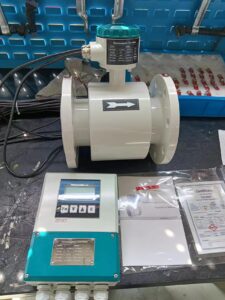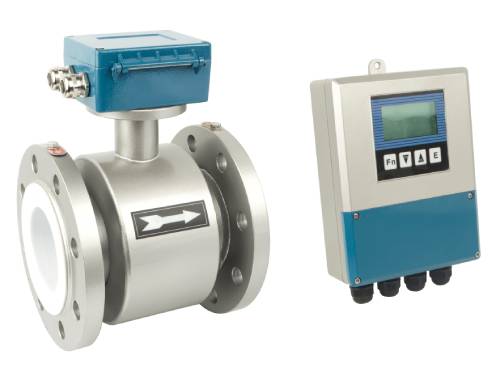(1) If the flow meter value reaches the highest, the general field detection instrument will also show the highest, then manually adjust the size of the remote control valve, if the flow value decreases, indicating that it is a process problem; if the flow value remains unchanged, it should be the fault of the instrument system, the need to detect the instrument signal transmission system, measurement of the pilot pressure system, etc. whether there are abnormalities.

(2) If the flow index fluctuates abnormally, the system can be transferred from automatic control to manual, if there is still a fluctuation condition, it means that it is due to the process; if the fluctuation decreases, it means that it is a PID parameter problem or instrument problem.
(3) If the instrument flow reaches the lowest, first check the field detection instrument, if the field instrument also shows the lowest, then check the regulating valve opening, opening to zero indicates that the failure occurred in the flow regulating device, if the opening is normal, most likely due to material crystallization, pipe blockage or low pressure. If the field instrumentation is normal, the display instrumentation problems, the cause is usually mechanical instrumentation gear jamming, differential pressure transmitter positive pressure chamber leakage, etc.

When chemical instrumentation indicates abnormal phenomena such as high, low, non-variable, or unstable, it contains both process and instrumentation factors that may lead to these phenomena.
Therefore, when analyzing and dealing with actual chemical instrumentation faults, it is not only necessary to master solid instrumentation theory and knowledge but also to understand the process flow and the characteristics of process media and equipment, so that instrumentation faults can be diagnosed quickly and then appropriate means can be taken to handle the faults and ensure the smooth progress of chemical production.
